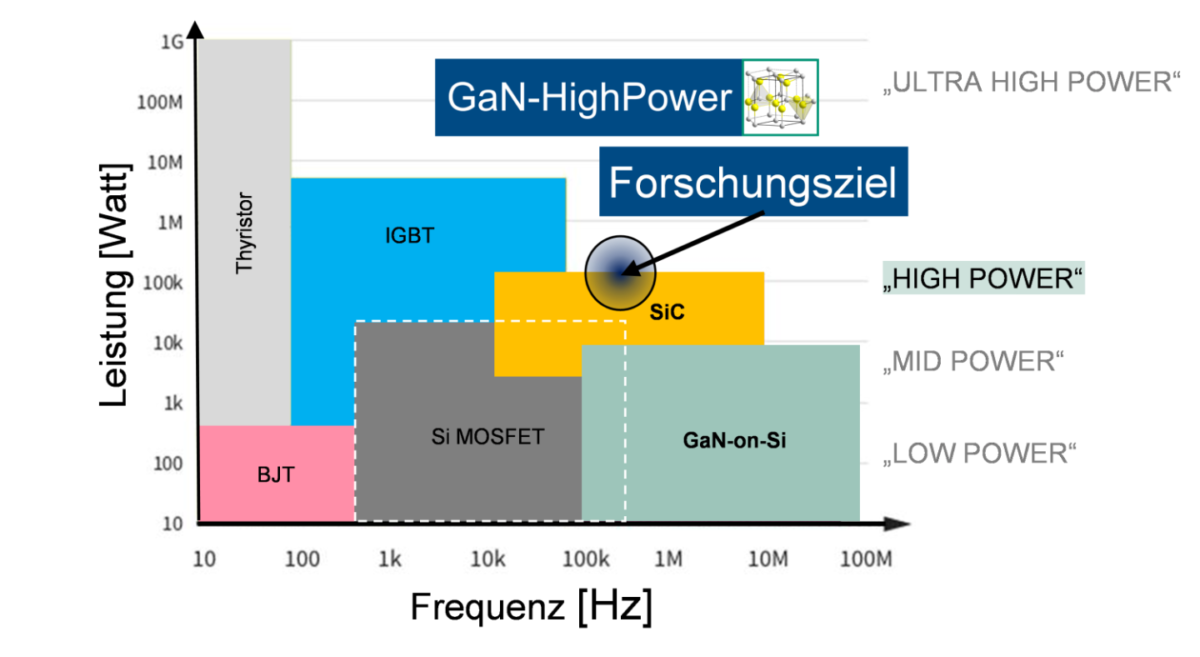From pv magazine Germany
Next-generation photovoltaic inverters not only have to enable electricity to be fed into the grid but also act to support network operations.
With this in mind, a consortium of German research institutions and companies is now developing and testing new hardware and software for string inverters with high performance. The project is coordinated by German research Fraunhofer-Institut für Energiewirtschaft und Energiesystemtechnik IEE and supported by the Federal Ministry of Economics with around €4 million.
“In this project, the use of the latest technologies for photovoltaic inverters will be investigated and tested in order to enable cost and weight reduction while maintaining very high efficiency,” explained Klaus Rigbers, responsible for power electronics in the Innovation Center at German inverter manufacturer SMA Solar Technology.
The researchers are focusing on applying semiconductors based on gallium nitride (GaN) to string inverters. “So far, the use of GaN technology has been limited to significantly smaller power ranges,” explained Peter Friedrichs, vice president of semiconductor supplier Infineon Technologies' Industrial Power Control division. “It has already been shown that GaN semiconductors enable even faster switching processes compared to silicon carbide (SiC) technologies and even more compared to classic silicon (Si) components.” The project is now intended to research the extent to which the GaN technology can be further developed.
Popular content
German company Vacuumschmelze (VAC) will supply its semiconductors with optimized magnetic components and current sensors, which should make a significant contribution to reducing weight and volume. This is to be ensured by innovative, coupled inductances made from low-permeability, nanocrystalline toroidal cores, which, according to VAC, are significantly more compact and have lower losses than conventional solutions. “Another aspect is the development of broadband closed-loop current sensors that can also measure the current in the high-frequency range of the GaN semiconductors,” explained Simon Sawatzki, responsible for Development Inductive Components at VAC.
The Technical University of Cologne (TH Köln) is providing the theoretical basis for the new magnetic components. A benchmark with existing technologies should validate the expected benefits. “Advanced soft magnetic tape materials in new inductively coupled arrangements are a key to weight reduction in the targeted frequency-power range,” said Christian Dick, head of the Laboratory for Power Electronics and Electrical Drives at TH Köln.
The Bonn-Rhein-Sieg University of Applied Sciences is preparing, among other things, the integration of the new components into a technology demonstrator. “Developing functioning control electronics for the fast-switching GaN semiconductors is a major challenge,” said Marco Jung, who holds the professorship for electromobility and electrical infrastructure with a focus on power electronics at the university.
In addition to coordinating the project, Fraunhofer IEE is responsible for examining the newly developed components and making their operation as efficient as possible. “Using these new components, a technology demonstrator will then be set up in our laboratories, on which the function of the new technologies and the desired weight reduction will be validated in practical use and further steps for optimizing the system will be further considered,” explained Sebastian Sprunck, group leader for components and measuring systems at Fraunhofer IEE .
This content is protected by copyright and may not be reused. If you want to cooperate with us and would like to reuse some of our content, please contact: editors@pv-magazine.com.


By submitting this form you agree to pv magazine using your data for the purposes of publishing your comment.
Your personal data will only be disclosed or otherwise transmitted to third parties for the purposes of spam filtering or if this is necessary for technical maintenance of the website. Any other transfer to third parties will not take place unless this is justified on the basis of applicable data protection regulations or if pv magazine is legally obliged to do so.
You may revoke this consent at any time with effect for the future, in which case your personal data will be deleted immediately. Otherwise, your data will be deleted if pv magazine has processed your request or the purpose of data storage is fulfilled.
Further information on data privacy can be found in our Data Protection Policy.